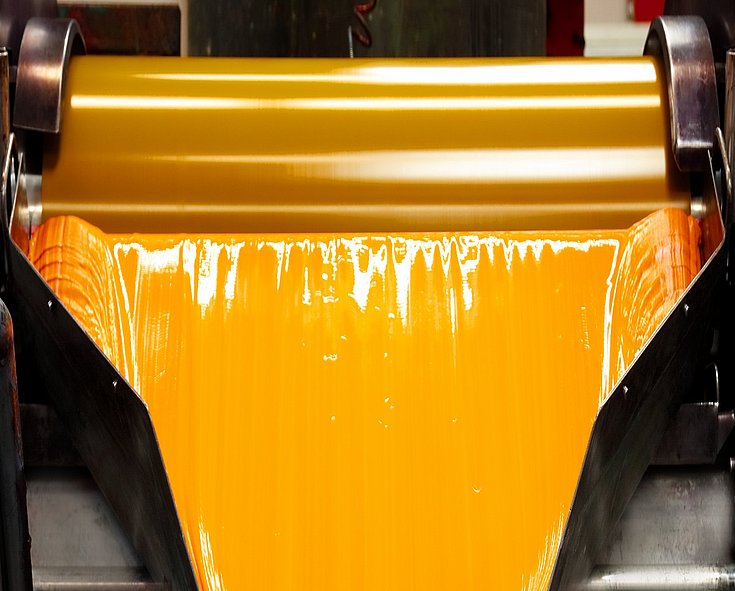
Colors are passion, emotions and personality. At Siegwerk, inks and coatings are our specialty and we use color to bring the packaging and products of our customers to life.
The end of the rope
Prices in Germany are rising faster again. According to the country’s statistics office, the main reason is the worldwide explosion of raw material prices. It affects materials that are particularly sensitive to the economic climate, like oil, copper or rare earth elements – but also the basic raw materials for printing ink production.
Exploding raw material prices
Printing ink producer Siegwerk is one of the companies to see a very dramatic development here. For months, the firm has been coming to terms with the worsening situation regarding raw materials. Though the respective prices are always in fluctuation worldwide and determined by supply and demand, price rises of up to 400 percent (in one case) are impossible for a company to absorb without negative effects – especially against a backdrop of growing speculation on the global resources markets and of artificial shortages. Drastically rising prices, high costs for logistics and long delivery times are the main features of a market situation that is unprecedented. “The high volatility of raw material prices is a huge challenge for everyone in the value chain,” says consultant Dr. Karl-Heinz Sebastian of Simon-Kucher & Partners in Cologne. “Price management has to remain predictable and calculable. That includes a process that passes price rises on to all market participants, preferably in a proportional and timely way – extending to advertising customers and consumers at the bottom line. Otherwise, we may see margins drop,” the price consultant warns.
Price driver No. 1
For analysts, Asia’s booming economy is the main reason for this ongoing development, along with significantly rising demand. Important raw materials for printing inks like organic pigments and special resins are seeing unprecedented price increases. In the past, ink producers were always able to compensate for such increases. For instance, Siegwerk achieved this by boosting efficiency in production and procurement. But the end of this rope has been reached, and like others Siegwerk needs to pass on part of these existentially threatening costs to its customers. On top of this, the entire printing industry cannot simply absorb other rising prices – for paper, energy and labor – without passing the increases on to some extent. For Ulrich Grillo, the vice president of the German industry association BDI and chairman of its raw material committee, the situation is clear: the industry needs raw materials at competitively attractive prices for its value chains to be successful. Once more, market reality is a long way away from that.